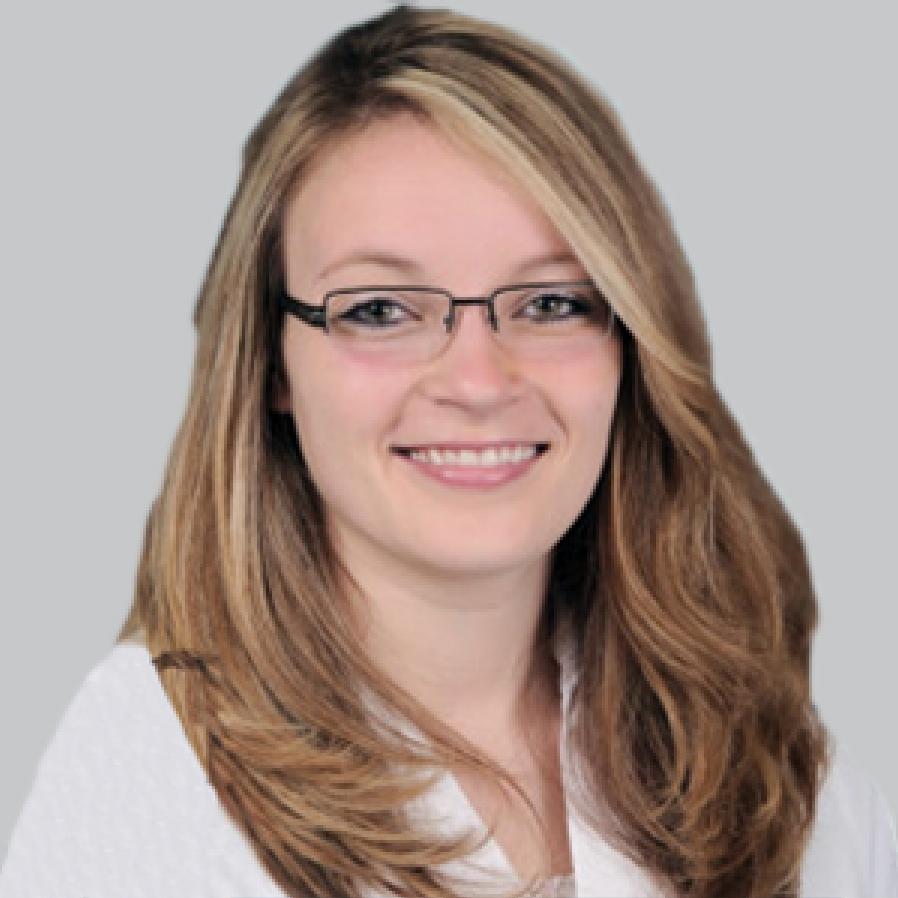Commentary
Article
Untapping the Potential of Seizure Applications, Telemedicine
Author(s):
Jessica Fesler, MD, MEd, staff epileptologist, Cleveland Clinic, offered insight on the future of seizure apps and how if improved, they could alter the treatment of patients with epilepsy.
Jessica Fesler, MD, MEd

This is a 2-part interview. To view part 1, click here.
With an ever–expanding population of smartphone users that spans all ages, the opportunity for telemedicine to play a role in the care paradigm has never been greater. Specifically, seizure apps have become a newer phenomenon for patients with epilepsy as a way to track seizures and adhere to treatment regimens. However, although there are several apps currently available, there is no single app considered the standard or that is widely used by the space.
As well, despite the advancements with these apps, a large amount of untapped potential remains for seizure apps, with an immediate need to improve the ones currently on the market, according to Jessica Fesler, MD, MEd. Fesler, a staff epileptologist and Cleveland Clinic’s Epilepsy Center, delivered a speech at this year’s American Epilepsy Society (AES) Annual Meeting, December 3-7, that assessed the level of impact seizure apps have and where they could be more useful.
In part 2 of an interview with NeurologyLive®, Fesler provided a few areas of key interest that seizure app-making companies should focus on, including expansion of shared data, social media services, and detection of sudden unexpected death in epilepsy (SUDEP).
NeurologyLive®: Are there untapped aspects of seizure apps that you’d like to see? What kind of reach or potential do they have?
Jessica Fesler, MD: I think there is lots [of potential]. One of the most exciting things we talk about is in the realm of seizure monitoring and seizure forecasting, which is a big thing. One of the hardest things for people living with epilepsy is the unpredictability of seizures. We call seizure forecasting basically the Holy Grail. If we could help people predict when their seizures were going to happen and they could take action, it could change the quality of their life. With the emergence of wearables, smartwatches, and other type of wearable sensors, pairing those with an app that auto logs, could maybe open the door that could alert caregivers or emergency services.
There are challenges. As far as false alarms or detecting subtle seizure types or maybe nonmotor seizure types. There are things to overcome, but there’s big potential. What can we do to move the needle forward as far as seizure control and integrating apps into this technology to change the way we manage the disease? The other aspect is that we’re not leveraging everything as far as social support. That means using it to help people connect with each other and resources for epilepsy. There are a lot of them out there and the apps don’t do that. They could do a better job of that.
Lastly, the apps do quite a bit with self–management or helping patients take ownership of their disease, that’s probably where they’re the strongest, but still, there’s room to grow there and helping them have all the tools they need to live better day-to-day with seizures.
Could seizure apps play a role in preventing SUDEP?
That goes back to that seizure monitoring. That’s the goal. We always think that if we can detect a seizure earlier, especially if it’s a case where it would be an unwitnessed event, at night, or if it’s a convulsive event, which is the highest risk for SUDEP that we know. If we could send a reliable and accurate signal, let’s say for someone who lives alone or sleeps alone, from that device as it detects seizures, then we can send help. That’s the thought that it could lower SUDEP occurrence. Then we can make a difference for morbidity and mortality, and that’s what the big target is, because that’s what matters when you’re saving lives and making a difference.
What stood out to you at this year’s AES annual meeting?
I love everything. It’s exciting to be with a bunch of like-minded people that are trying to advocate for patients and want to push the needle forward, move the space forward, and not accept status quo. That’s always the most exciting thing. I love education, so I’ve been in a lot of education sessions, and I like seeing the newer, younger people, and people excited about how we are going to teach the next generation of epileptologists.
My favorite session has been Dr. [Page] Pennell’s Women in Epilepsy session. It’s a certain interest of mine and I love the way she presented the data. She gave a heartfelt story, brought a patient in who also shared her story, and it was very moving. She’s one of my heroes. I loved hearing her speak and the way she presents solid data that’s changed the way we’ve cared for women with epilepsy over her career. That’s been my favorite session.
Transcript edited for clarity.




